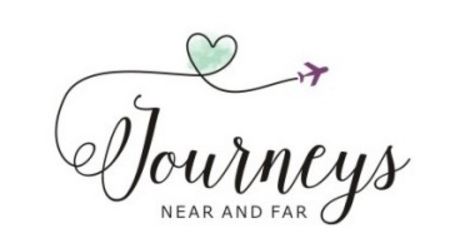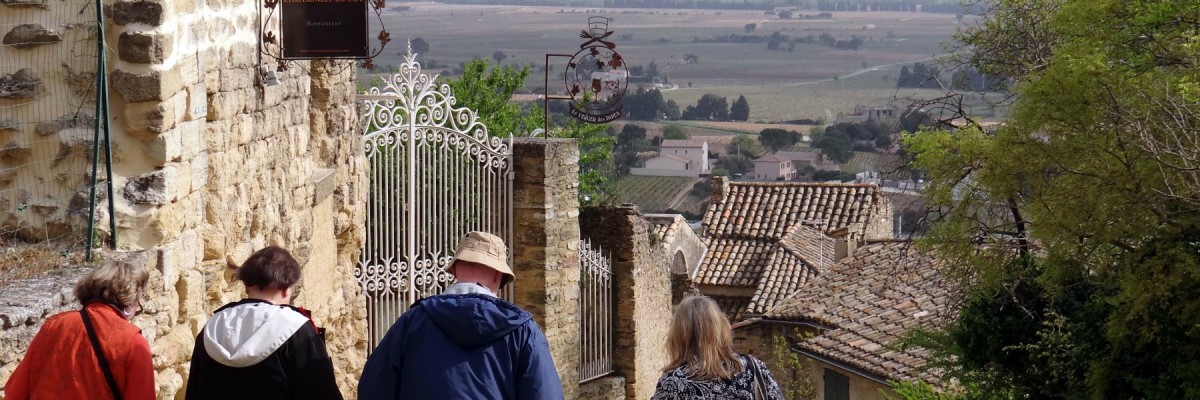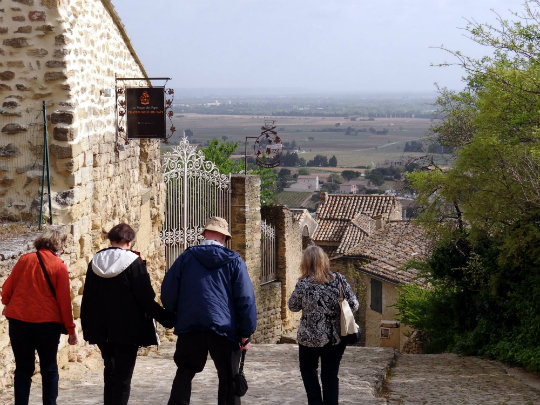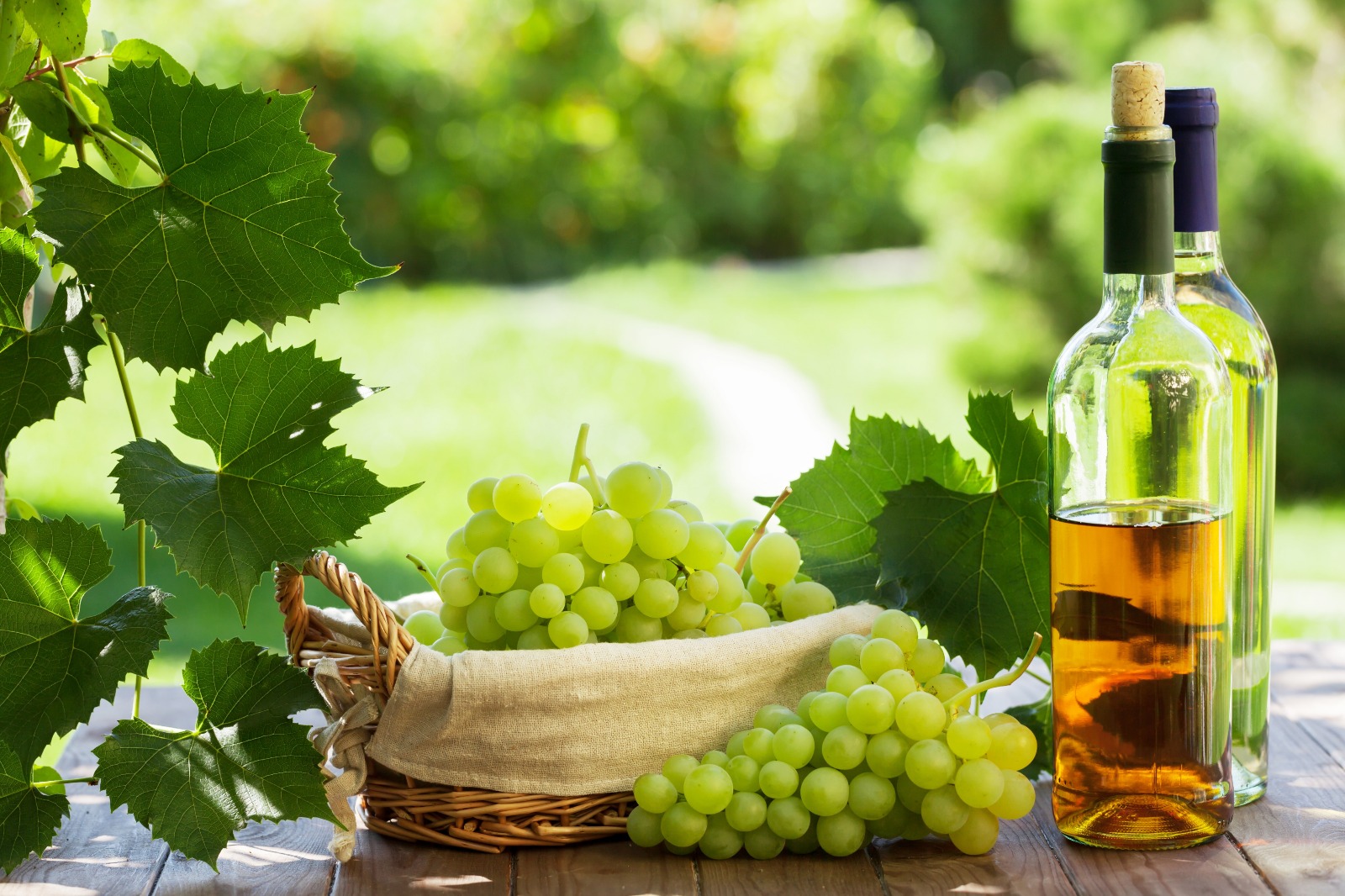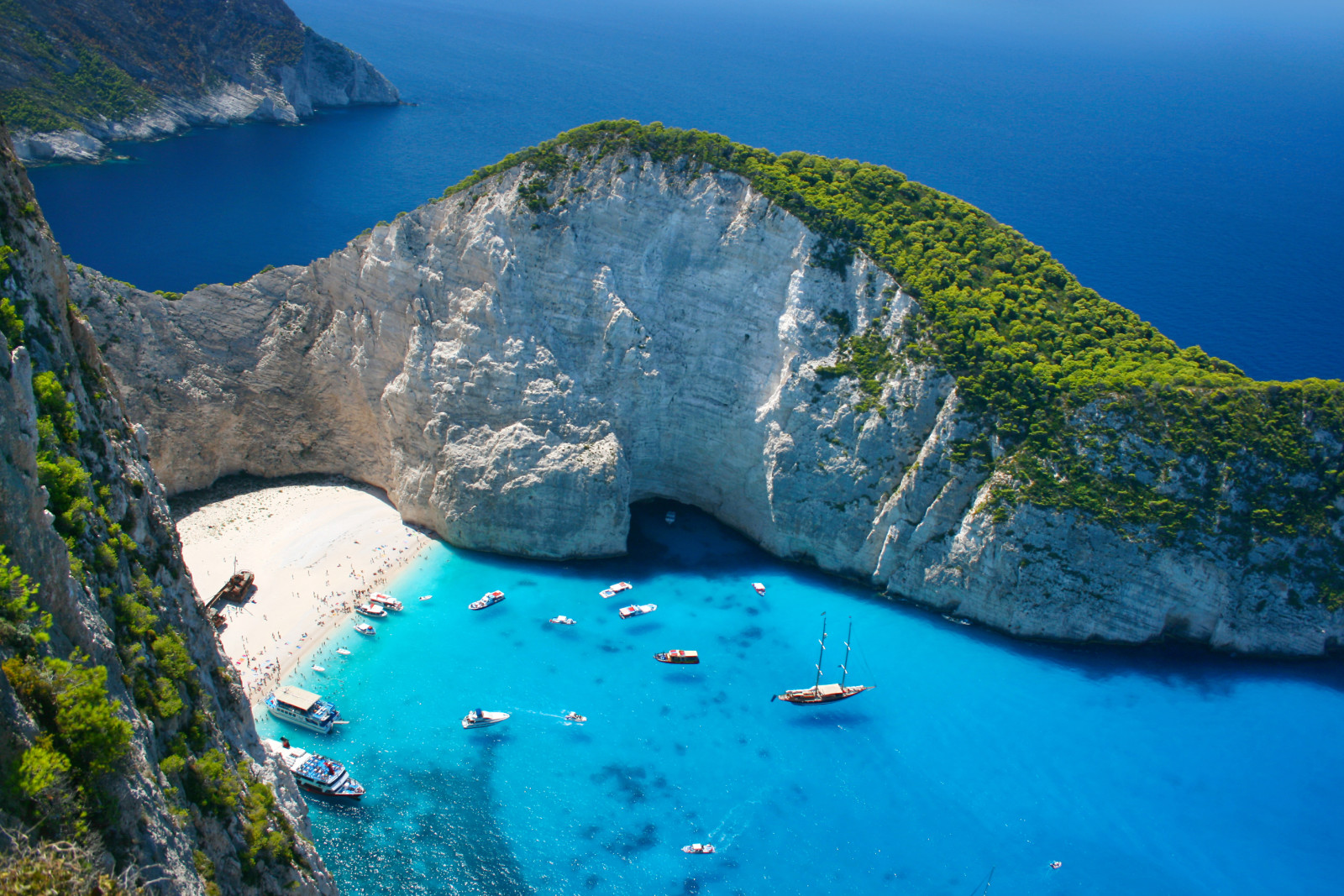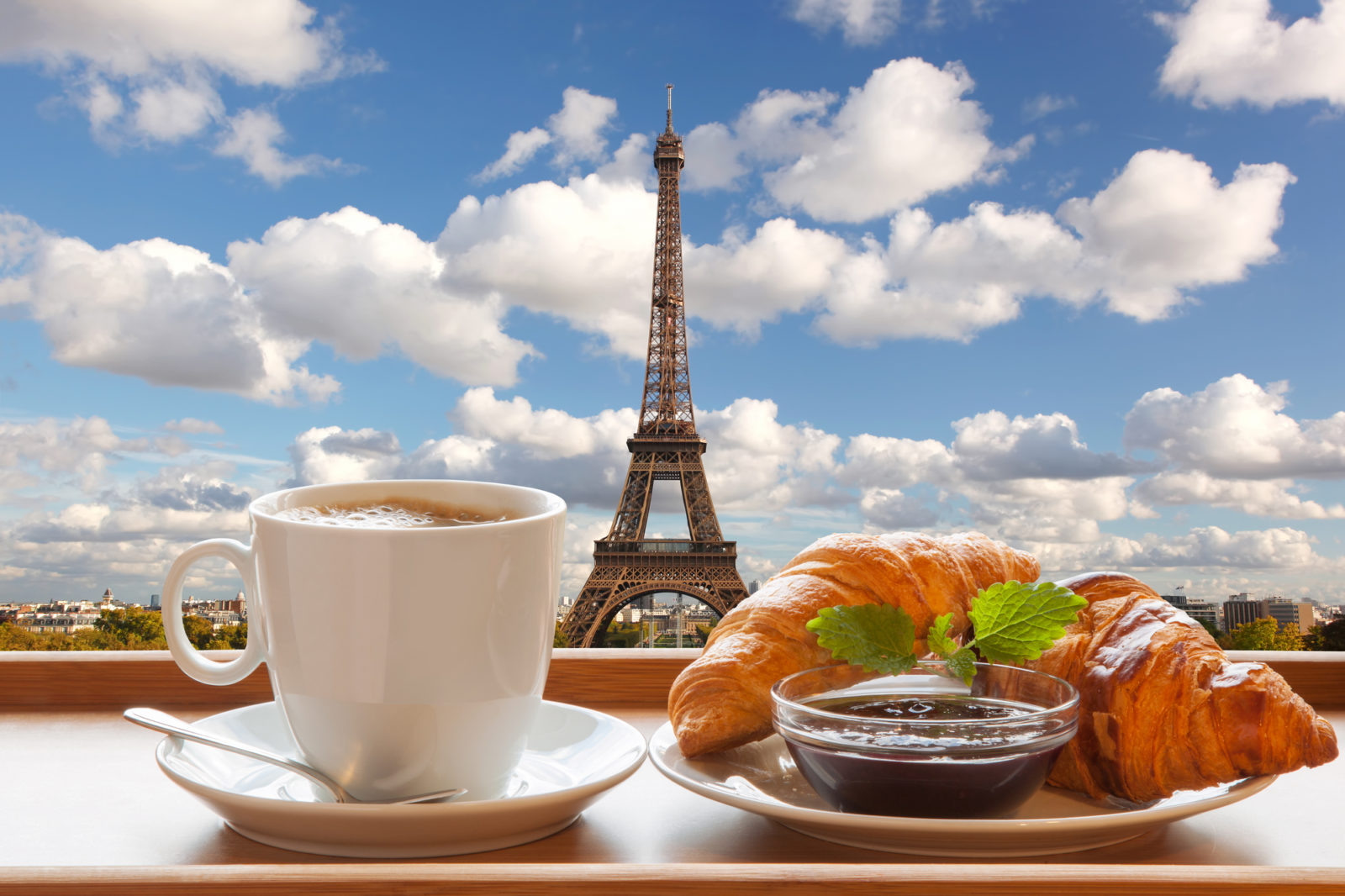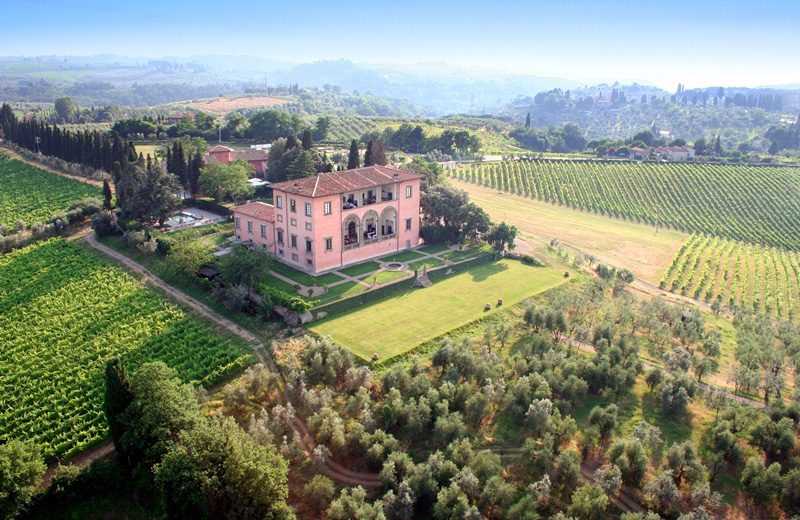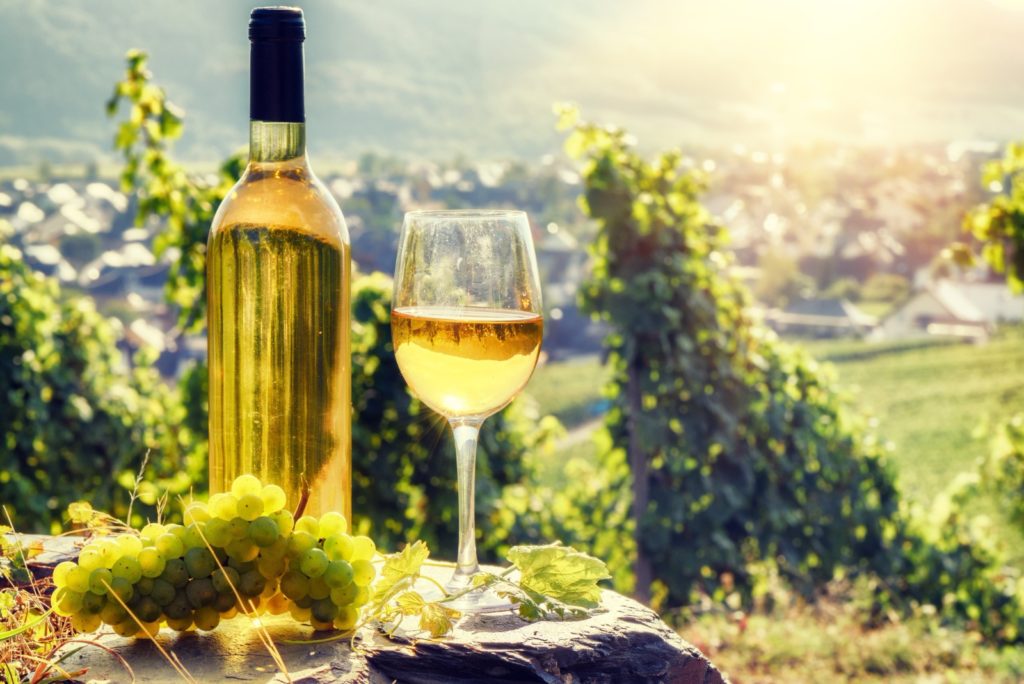
A tour of any of the great wine country regions of the world is an opportunity to explore culture, history, cuisine, and wine in a single trip. Without exception, the scenery is beautiful, the people passionate, and the wine — nothing short of phenomenal.
What is a wine tour?
It’s a tour through a region that has developed a substantial vineyard and winery presence. Usually, a wine tour consists of visiting the wineries and tasting rooms to sample their current wines, often paired with food. Sometimes, a tour of the winery itself is included, and visitors can see where the wine is grown, processed, barreled, aged, and eventually bottled.
Most people would first think of areas like the Napa Valley region of California or the Burgundy region of France as ideal locations for wine tours, and that’s with good reason, as those are outstanding locations. However, there are vineyards the world over.
For the majority of United States travelers, wine regions are within a few hours’ driving distance of their homes or an easy weekend fly-drive retreat, providing plenty of options. And if you are looking for a truly great epicurean vacation, you’ll pleasantly discover that the experience ends up being about much more than the wine.
Wine tour operators
Several tour operators specialize in regional wine country tours. Chances are, your travel consultant has access to excellently priced tours of wine regions throughout the world, offering a variety of accommodations from luxurious villas to budget hotels. In many wine regions, wineries have formed “wine trails” to make it easy for visitors to find the participating wineries and to sample the wines.
Often, tour operators can provide discounted passes to each of the tasting rooms at the different wineries. Along with a good travel consultant, you are sure to create experiences that would be hard to find on your own. On the best tours, you’ll discover small, unknown producers, meet top winemakers and in some cases, even receive an invitation into a home of a vigneron.
Top tour operators can allow you to enjoy meals and tastings as guests of the estates – just one example of the kind of event often not available if you travel on your own, even if you visit the same cellars. However, many tour operators can even arrange independent, self-drive opportunities with the same privileges as their group tours.
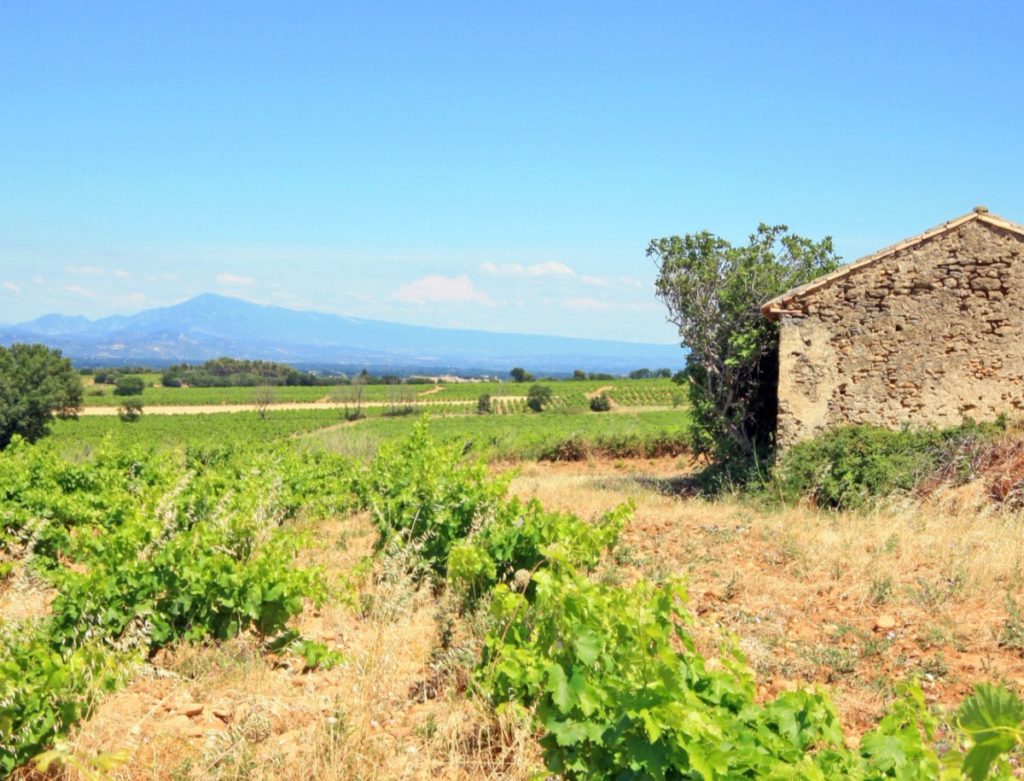
Top Regions to Tour
If you want to tour some of the finest wineries and taste some of the world’s finest wines, certain regions are considered the regions to tour. They consistently produce excellent wines year after year, and some have been doing so for literally thousands of years.
Tuscany, Italy
Italy’s most famous wine region has over 157,000 acres of vineyards throughout its picturesque countryside.
The Italians have been making wine for thousands of years, and Italy boasts the largest output of wine in the world. Its climate and soil are ideal for growing grapes, and nowhere is the setting more ideal than Tuscany. The region is most famous for producing Chianti, a wine that pairs naturally with most Italian foods.
Bordeaux, Burgundy and Rhone, France
France has many wine-growing regions, and each is worth a visit. The Burgundy region is especially popular because it is legendary for producing both excellent red and white wines. The rich history of wine-making dates back to when the Romans first invaded the area. Visitors can tour old and new wineries that produce several well-known wines like Pinot Noir, Chardonnay, and Beaujolais.
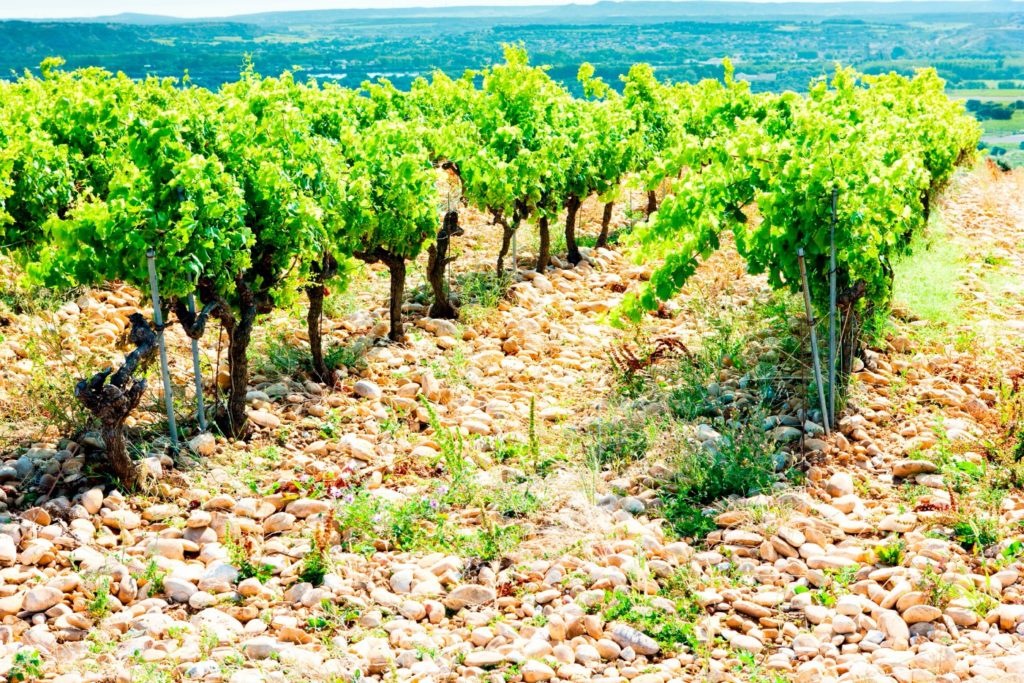
Australia
In the past few decades, Australia has emerged as one of the fastest-growing wine regions in the world. Although many wineries have been around for over a hundred years, the public has only recently taken a serious interest in this region. More than 70 wineries in the New South Wales region are located just a few hours’ drive from Sydney. Wineries here are best known for producing excellent Shiraz and Sauvignon Blanc.
USA
In the United States, the most popular region is certainly California’s Napa Valley, which is also one of the world’s newer wine regions. Its wine-making history dates back less than 200 years, but those years have seen the birth of more than 260 wineries famous for producing Cabernet Sauvignon, Chardonnay, Merlot, and Sauvignon Blanc. Not to be outdone, however, Oregon, Washington State, and New York all boast thriving wine industries and vineyards. Smaller regions include the Texas Hill Country, as well as areas in Connecticut, Michigan, and Pennsylvania.
Germany
German wines have historically been mostly white, made from Riesling grapes more suited to the northern climate. German wines are produced around the Rhine and its tributaries, and the vineyards are sheltered by mountains so steep that while they catch the most sunlight, they are difficult to harvest mechanically. Germany’s 13 regions include Ahr, Baden, Franken, Hessische Bergstrasse, Mittelrhein, Mosel-Saar-Ruwer, Nahe, Pfalz, Rheingau, Rheinhessen, Saale-Unstrut, Sächsische Weinstrasse and Württemberg.
South Africa
Cape Town is the trailhead of the South African vineyards. The local wine industry has become a global force, producing approximately 3% of the world’s wine production, ranking as the 9th largest producer in the world. New wineries are opening at a fast clip. Pinot Noir and Reisling varietals are predominant.
But this list is far from comprehensive. Chile, Spain, Portugal, and dozens of other countries have robust wine economies where local vineyards have adapted varietals to changing climates and soil conditions.
Independent travel or guided tour
Tell your travel consultant if you would prefer to travel independently or with a fully-guided tour group. In an independent setting, your agent will create an itinerary of wineries to tour, as well as any special events to attend, transportation, and lodging. You will then be on your own to follow the itinerary, which offers a great deal of flexibility.
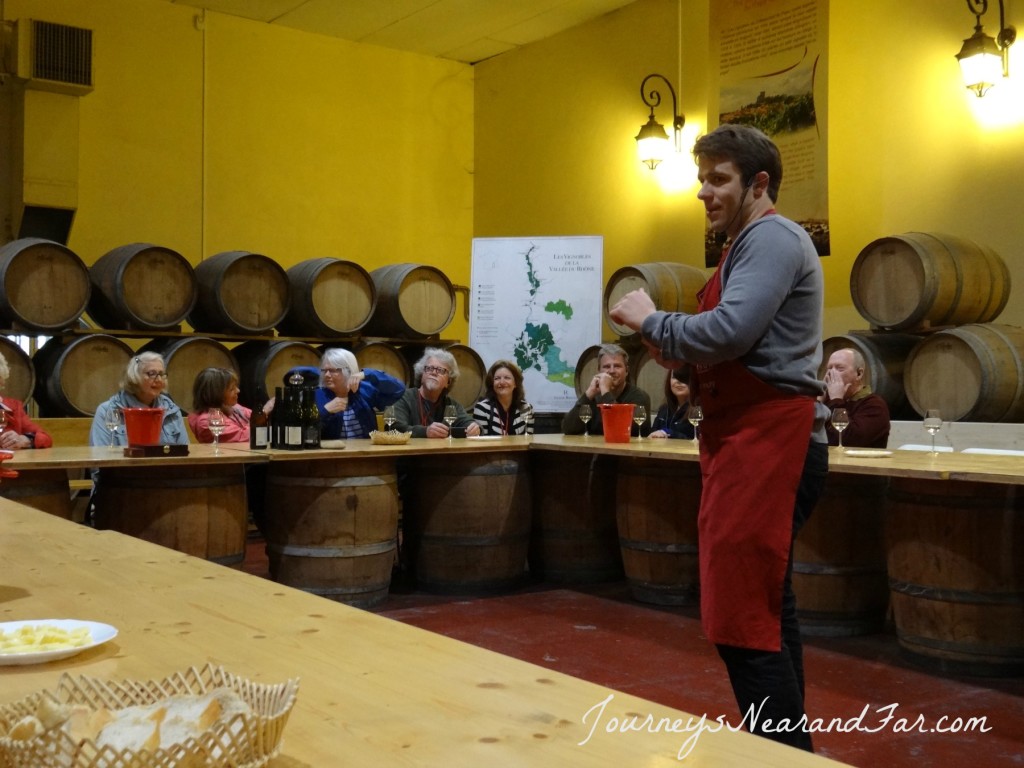
A fully guided tour provides you and other travelers with a knowledge-packed tour of the wine region. You will not have to worry about transportation, and the itinerary will include fixed times to visit wineries and other attractions as well as some free time to enjoy the wineries on your own.
A fully-guided tour is an excellent choice for those who are going to regions so large that the options can be overwhelming, or for those who would rather leave transportation and other logistics to someone else. In addition, most tour companies provide a multilingual tour guide able to speak both English and the language of the region.
Remember, too, that you can travel a little more creatively. Hike or bike your way through wine country, and have an experience you could never get from a car or bus!
Preparation
Prepare for your journey by reading about the region and its wines. Your travel consultant will obtain any materials from your tour operator to assist with your studies, including maps, itineraries, or brochures. If you’re going to a region where you don’t speak the language, learn a few choice phrases in the language before you go as a courtesy to your hosts.
If you are planning to purchase a lot of wine while you are on your trip and want to ship it back home, research your home’s laws concerning importing alcohol from outside the country. Your wine could sit in customs for days or weeks before delivery, and in the heat of summer, wines could go bad while they are waiting to be delivered.
Wine & Culture
Many of the great wine regions offer seasonal festivals when it is time to bring out new wines. Bigger wineries will hold their own festivals, while smaller wineries will often team with others in the region and have a festival where guests can taste the new offerings from all of the wineries in the same location.
Travelers who time their wine tours right have a chance to experience a true cultural celebration. Many wine regions also offer activities such as spas, cooking classes, museums, arts and crafts festivals, music festivals, and other events – just ask your agent what’s available.
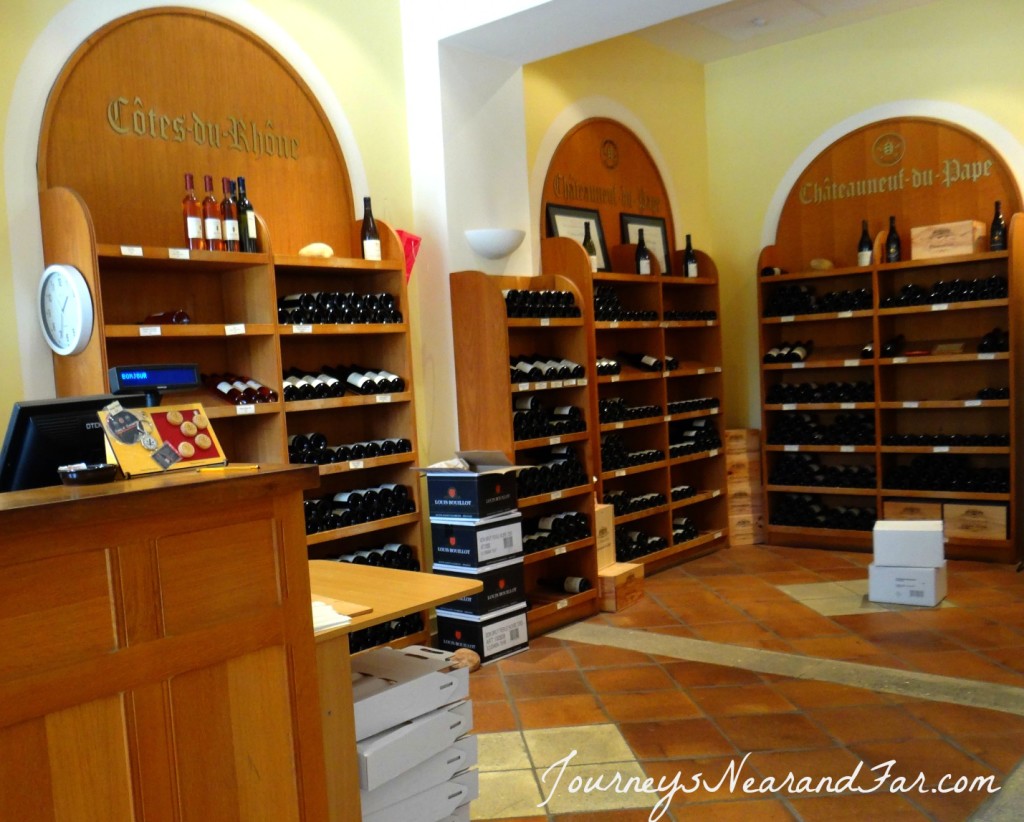
Most wine regions also offer restaurants that showcase both local cuisine and wineries. Also, note the growing trend for restaurants that allow you to bring a bottle of your own – visit wineries during the day and choose a favorite bottle or two to enjoy with your meal in the evening.
It’s impossible to come away from a wine tour without also getting a lesson in local culture. Most winery owners are not only passionate about their wine; they are also passionate about the land and region that supports their lifestyle. It is not unusual to hear about an immigrant family that bought a piece of property years ago and was told by their neighbors that they could never operate a successful winery on the land – and who eventually proved them wrong.
Those who choose a wine tour come away with much more than just a few new bottles of wine. They leave having experienced a deeper cultural appreciation of wine and those who make it.
Written by OnTarget / Nexion
